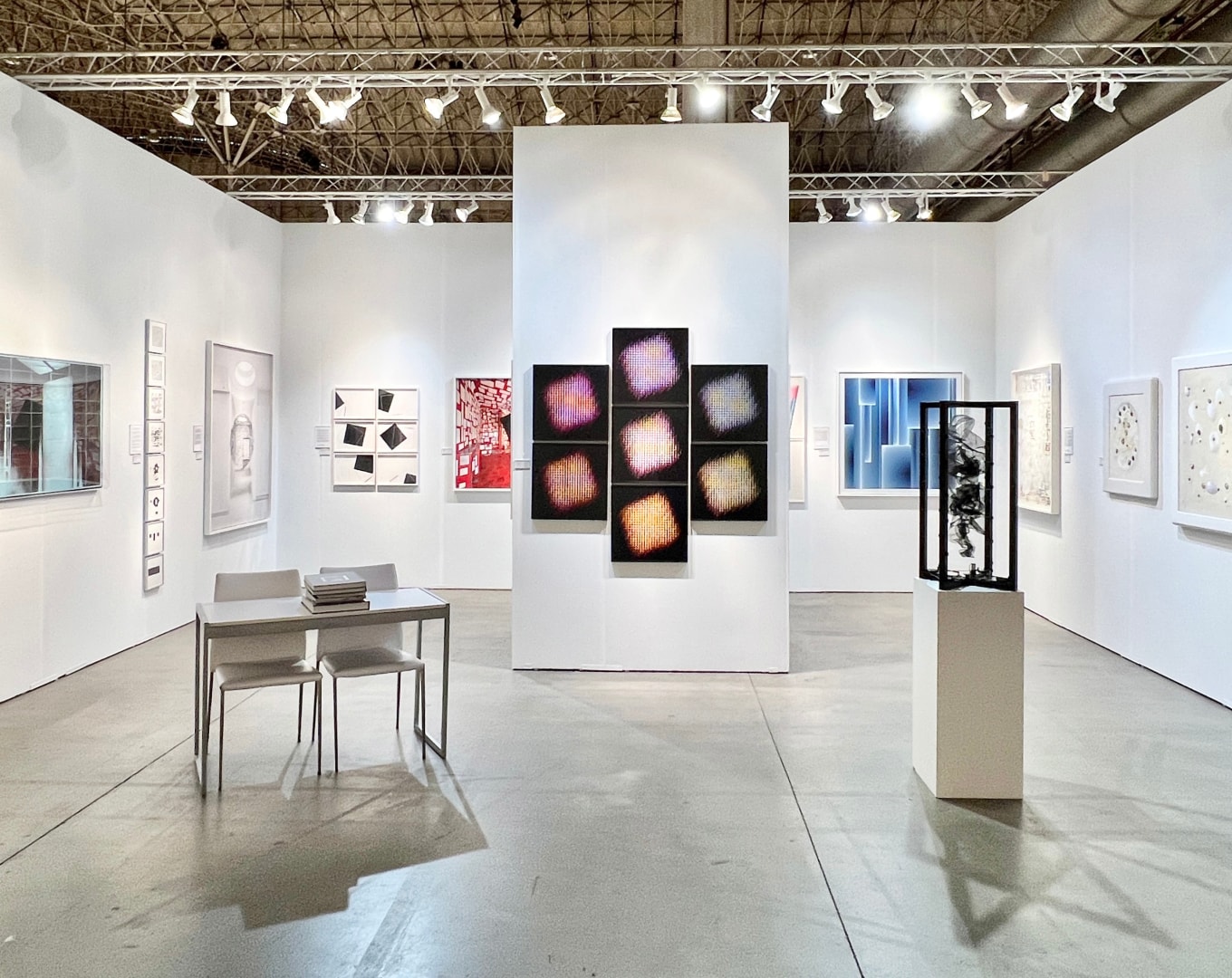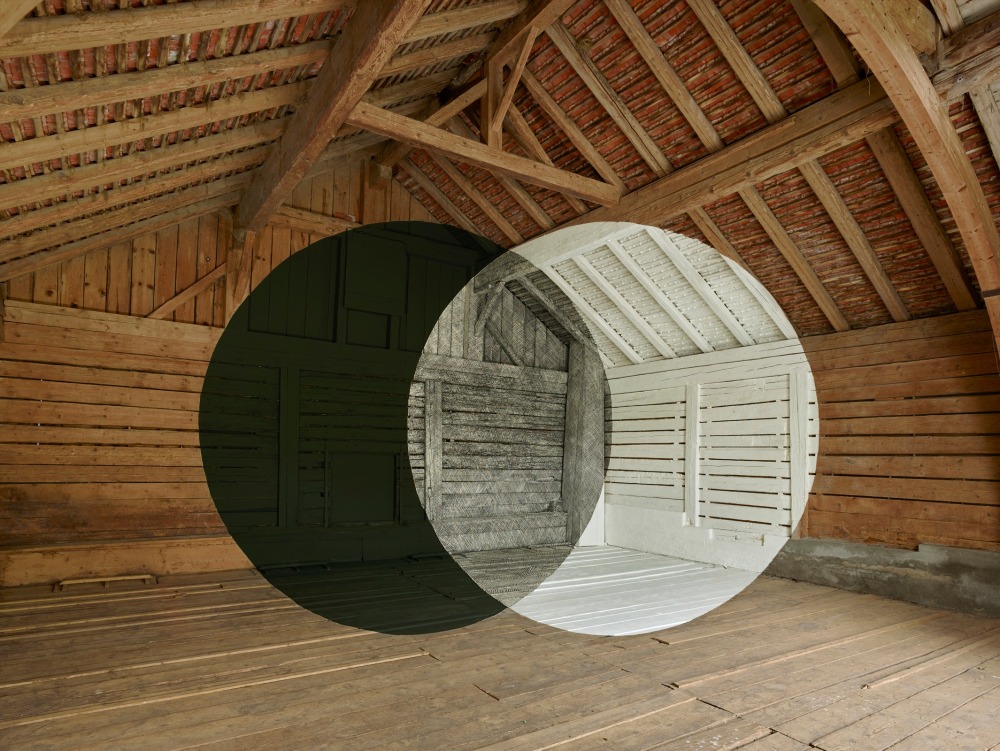

Rossinière, 2015
C-Print
49 x 63 in.
Ed. of 5


French artist and photographer Georges Rousse, b. 1947, converts abandoned or soon-to-be-demolished buildings into surprising visions of color and shape. Rousse translates his intuitive, instinctual readings of space into masterful images of several “realities”: that of the actual space, wherein the installation is created; the artist’s imagined mise-en-scène, realized from a single perspective; and the final photograph, or the reality flattened.
Since his first exhibition in 1981 at the Galerie de France in Paris, Rousse has continued creating his one-of-a-kind installations and photographs around the globe. His work has been exhibited in the Grand Palais (Paris), Hirshhorn Museum (Washington, D.C.), Haggerty Museum (WI), House of Culture (La Paz, Honduras), Sivori Museum (Buenos Aires), and National Art Museum of China, among hundreds of others. In 1988, he received the International Center of Photography Award. In 2008, Georges Rousse succeeded Sol LeWitt as an associate member of the Belgian Royal Academy.
SELECT COLLECTIONS
J. Paul Getty Museum, Los Angeles, CA
Louvre Museum, Paris, France
Guggenheim Museum, New York, NY
Brooklyn Museum, NY
Museum of Contemporary Art, La Jolla, CA
National Museum of Modern Art, Paris, France
Museum of Modern Art, Vienna, Italy
The Menil Collection, Houston, TX
LaSalle Bank Photography Collection, Chicago, IL
Chase Manhattan Bank Collection
Deutsche Bank Collection
Georges Rousse’s work goes beyond traditional photography, it involves architecture, creative drawing & painting, and the “construction” of the places he transforms to execute his memorable photos.
As he says: “My aim is to transform a place and then take a picture, which will be the memory of this space”.
He often takes abandoned buildings and transforms them into a different reality, he turns a simple background into a whole anamorphic artwork, that, photographed from the right angle it can reflect a geometric composition, but it can also take other forms when seen from different perspectives.
